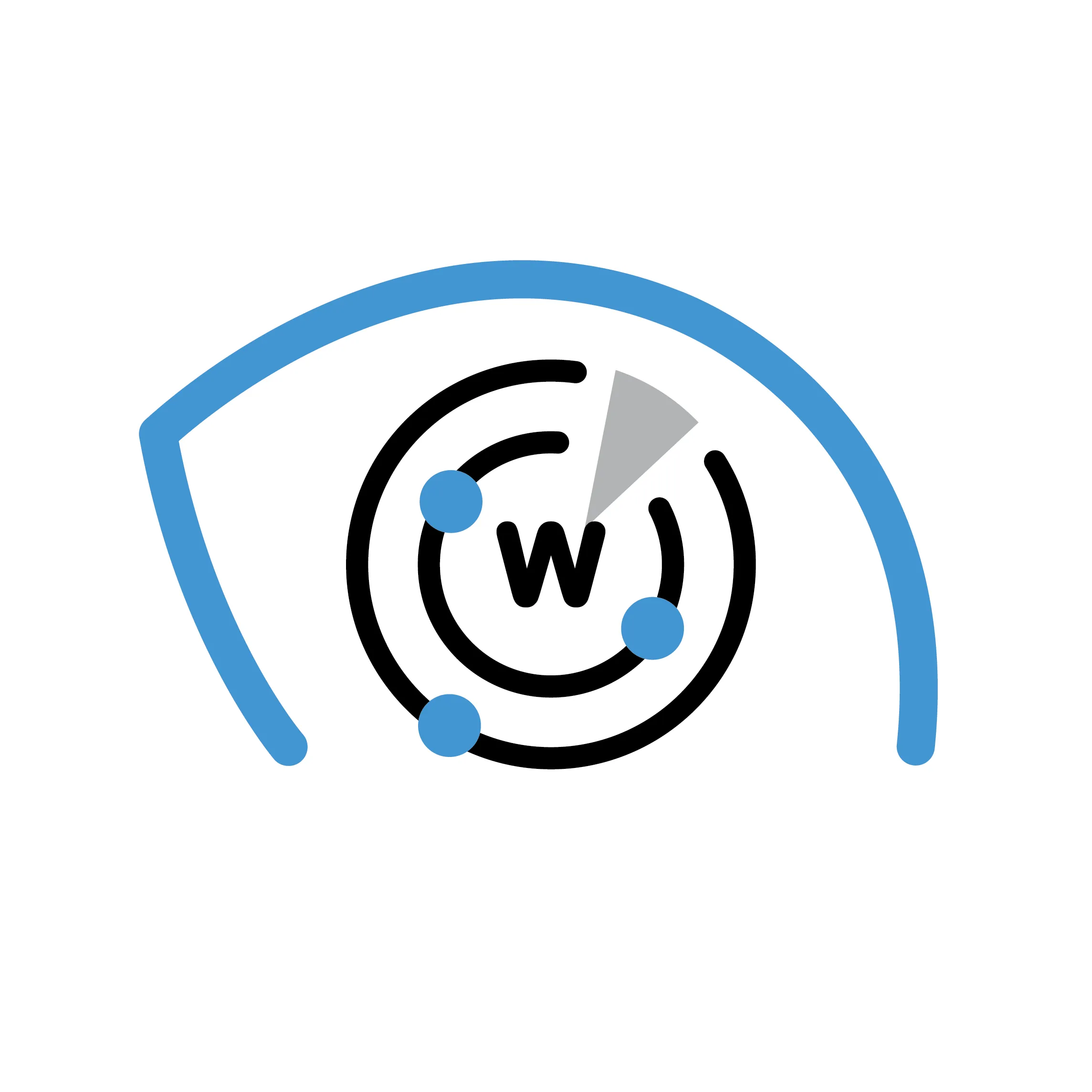Audio Presented by

Top Whois, DNS, IP and threat intelligence data provider. We provide APIs, databases, and tools.
About Author
Top Whois, DNS, IP and threat intelligence data provider. We provide APIs, databases, and tools.

Top Whois, DNS, IP and threat intelligence data provider. We provide APIs, databases, and tools.
Top Whois, DNS, IP and threat intelligence data provider. We provide APIs, databases, and tools.